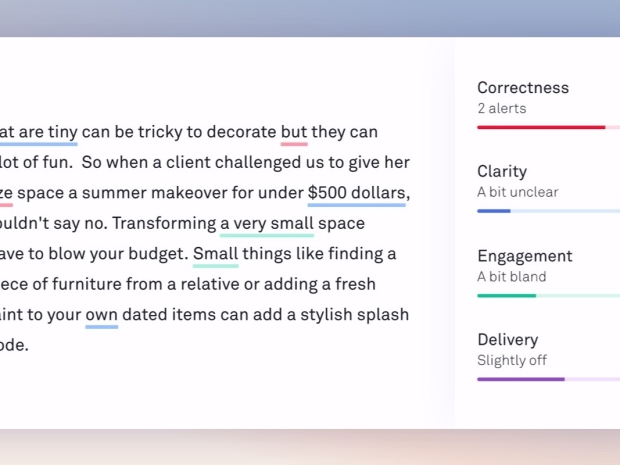Dubbed GrammarlyGo, the tool lets users brainstorm ideas, compose writing, edit and personalise text. It’s the latest AI-powered tool for the company, which was founded in 2009 as a grammar checker but has since expanded to make writing suggestions as well as clarity, conciseness and tone adjustments.
The new feature uses OpenAI’s GPT-3 large language models, asks a few questions before it churns out drafts of writing, or converts bullet points to paragraphs. It apparently can give feedback and additional context to the tool to rewrite a piece of text based on a preferred tone (such as professional, confident, or friendly) and length (shorter or longer). GrammarlyGo can interpret the intent of an email, condense it into a single line and propose options for email replies based on the context of previous emails.
Users will get to play with the new features through Grammarly’s browser extension in April. Users will be able to access GrammarlyGo features on apps like Medium, LinkedIn, Gmail and Google Docs.
Rahul Roy-Chowdhury, Grammarly’s global head of product. “We are present everywhere that people write. It's not just a single app, it's not just a single OS, it's everywhere.”
For the past 14 years Grammarly has been building and applying a mix of technologies such as deep learning, machine learning, natural language processing and language models to suggest corrections to people’s writing. Grammarly’s algorithm is trained on millions of grammatically correct sentences and inputs from users and their writing experiences. But instead of using its in-house technology, Grammarly, which has an AI and machine learning team of 100 engineers, scientists and linguists, is licensing Open AI’s buzzy technology and integrating it with its existing technologies as it looks to move beyond the revision phase of writing to incorporate comprehension and creation abilities.




